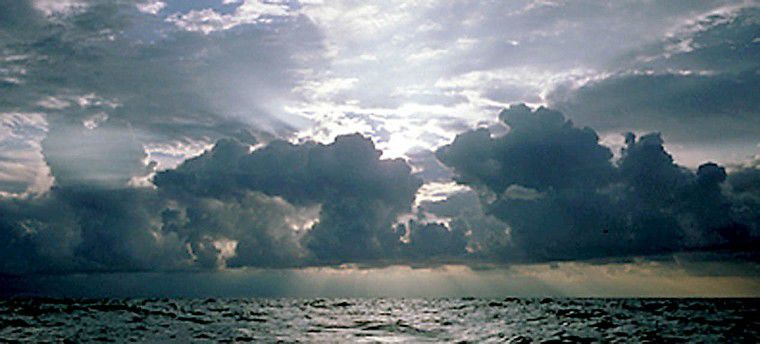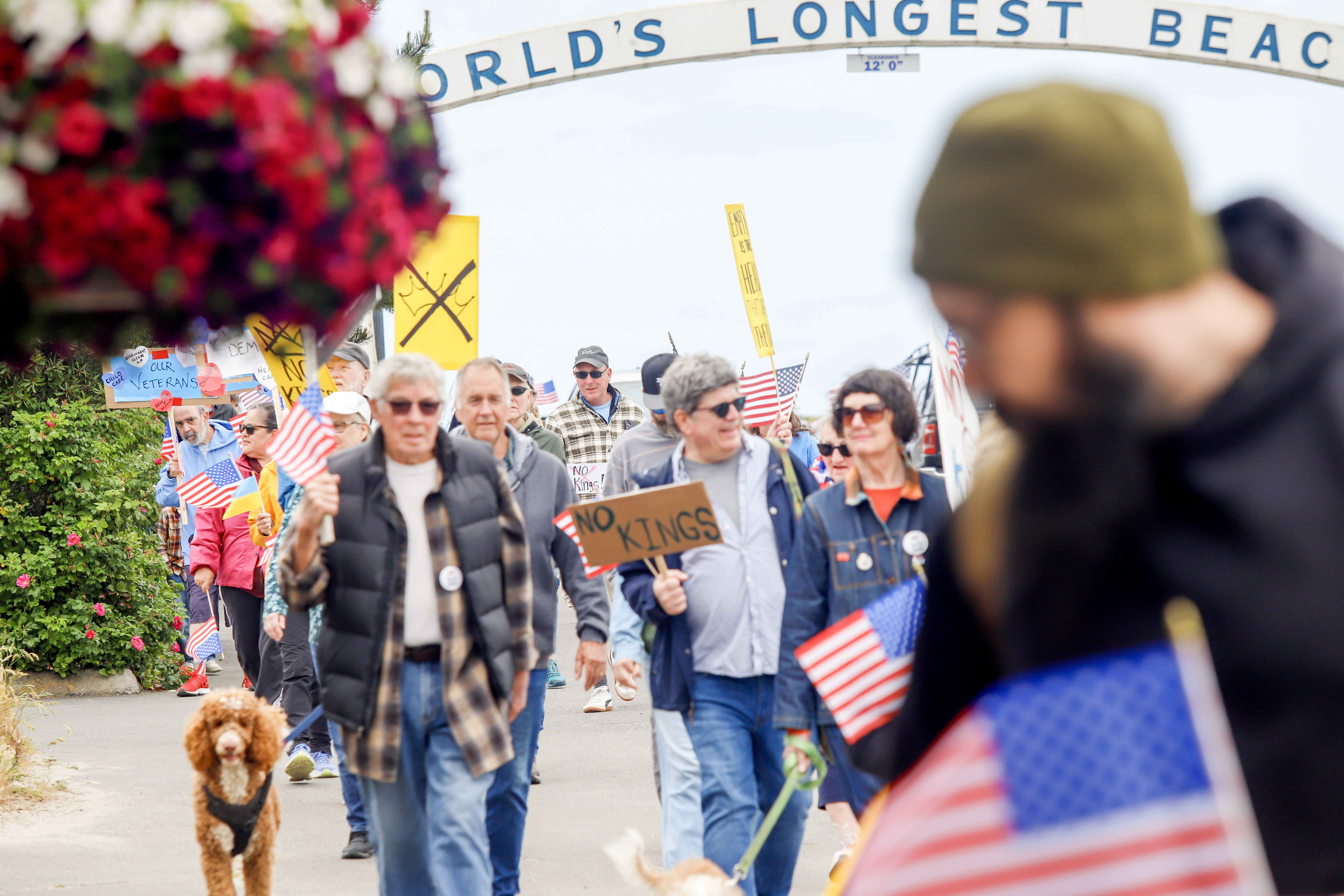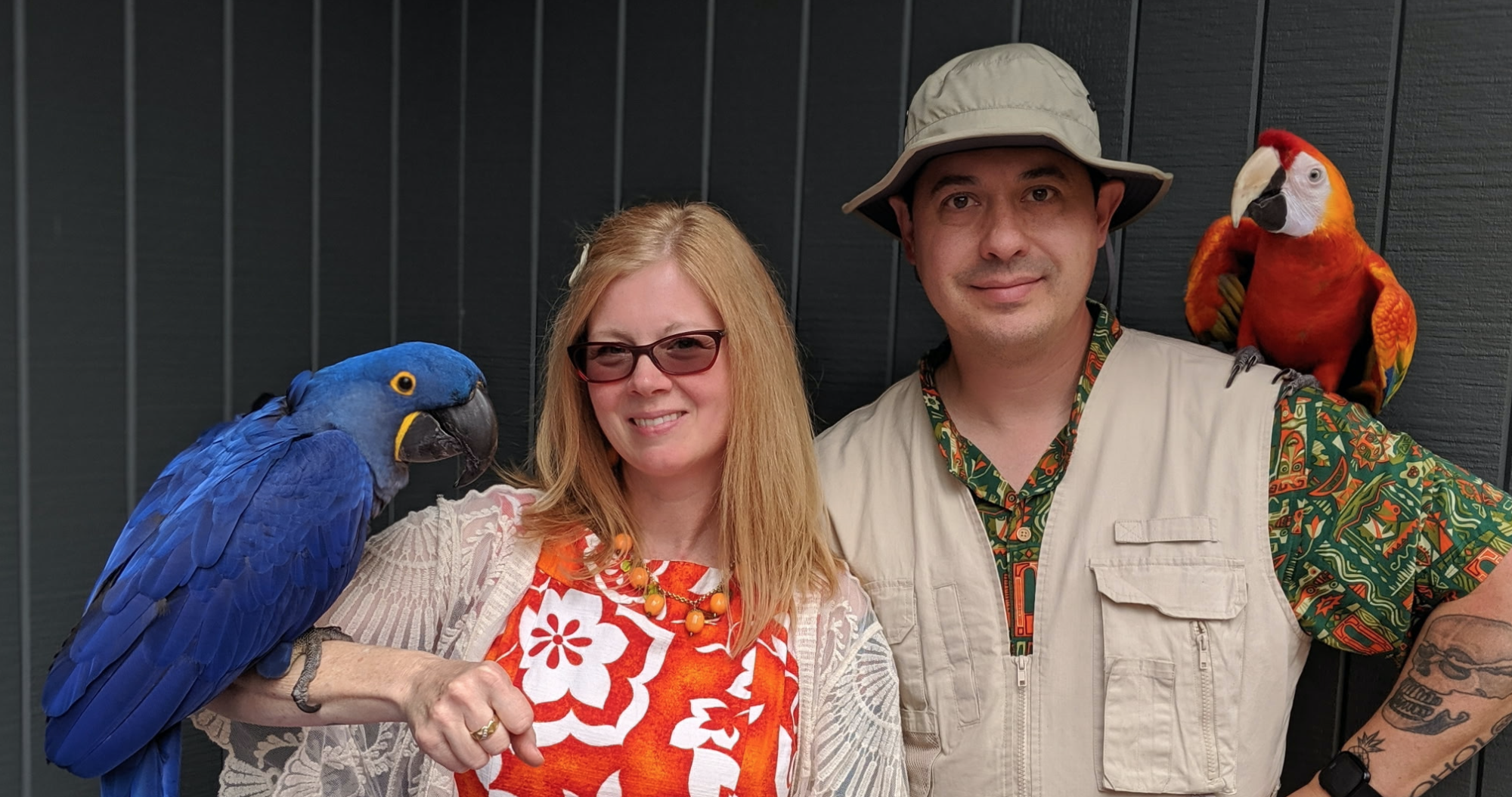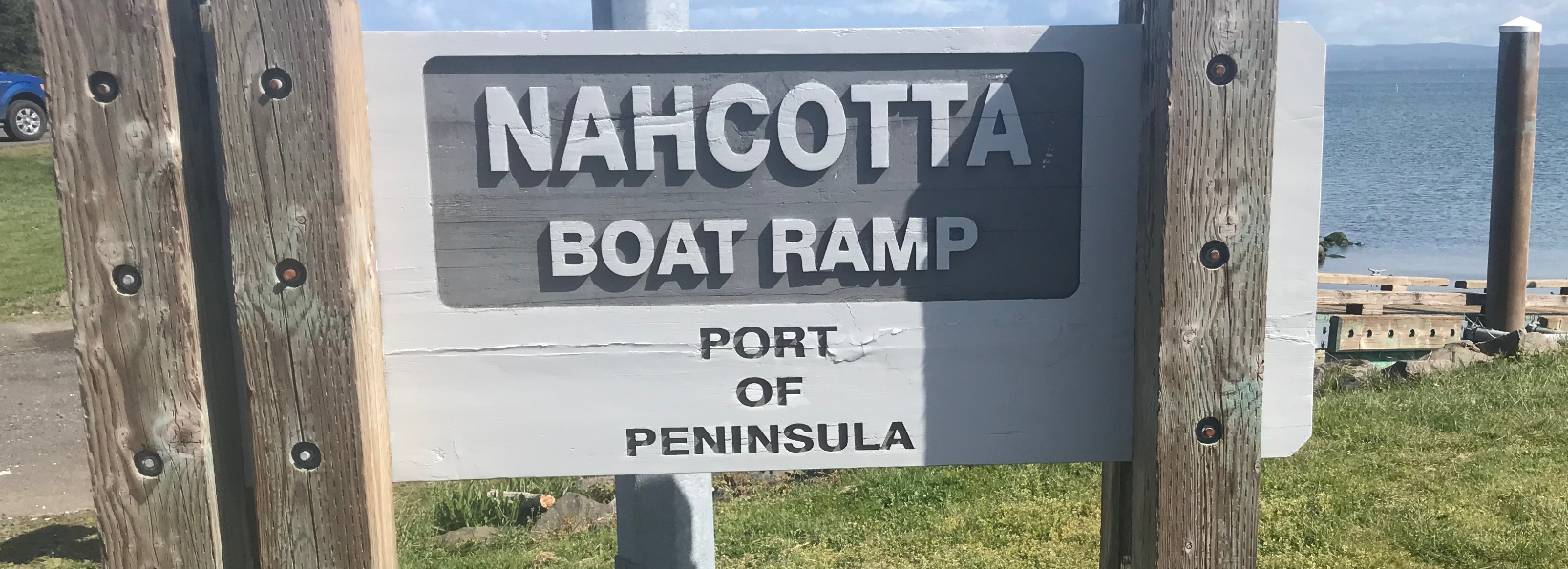Call this place ‘THE STRONG COAST’
Published 5:00 pm Tuesday, August 9, 2011

- <p>Our coastline’s violent weather, isolation, rich history and other factors make it one of the world’s most interesting places.</p>
Its been 20 years since I arrived at the mouth of the Columbia River. So whats changed? And what hasnt? What should change? What shouldnt?
Answering the last question first, theres an unassuming heroism thats just hard-wired into lots of local genes. In the most recent example, last Friday good Samaritans and our Peninsulas surf rescue team volunteers dropped everything, dashed to the scene and pulled a boy from the ocean.
Without this instinctive generosity of spirit, its possible there would be two families lost in mourning this week. Strong coast people were willing to instantly put their own lives at risk to aid others.
In the enthusiastic lead-up to the Lewis and Clark Bicentennial in 2005, I suggested Discovery Coast as a worthy promotional name for the beach from the Long Beach Peninsula south to Seaside and Cannon Beach. But taking the experiences of two decades into account, I now nominate the motto The Strong Coast.
These are people too tough to chew. Its as if all the crazy windstorms, pressure-washer rains and meager gray light purify souls here, leaving a nearly invulnerable core of gristle, bone and diamond. I dont claim to know them very well. Most have absolutely no interest in being in the newspaper or meeting the editor. I dont know if theyd like to slap me on the back or punch me in the nose. But theyre my heroes.
Even so, if they did care what I want, Id tell them to stay in school longer, drink less, keep their pickups insured, vote, be nicer to tourists, do more of their shopping in local businesses, start gardens, take more walks, quit filling in swamps, let the trees grow longer between harvests, plan to survive the next big tsunami, support Knowledge Bowl as much as basketball, get their cats and dogs spayed, avoid eating farmed salmon, and keep an eye on all politicians like our lives depended on it (because they do).
Asked when I moved here to identify the number-one regional issue, I answered growth. Arriving on Aug. 16, 1991, in the midst of joyous crowds attending Washington State International Kite Festival, I guessed that the world would soon beat a path to the clean green lands and waters of Willapa Bay and the Columbia River estuary. The Peninsula appeared to be a relatively sophisticated rural outpost of Seattle loaded with history, personality and scenery. Although still in its scruffy stage, Astoria was obviously ripe for restoration.
That first winter, I thought all the stories about god-awful weather were just tall tales designed to scare off interlopers. Maybe it was all my previous years spent in Wyoming, hitting florescent golf balls through April blizzards, but the winter of 1991-92 struck me as more suited to San Diego than Cape Disappointment. This place was going to boom I was sure of it.
My first real storm here came in my second winter. Stupidly, I drove an old Landcruiser rust bucket down to North Head. The lichen-encrusted forest lining the trail out to the lighthouse smashed together and gyrated like witches dancing on an electrified floor. Standing on the crest of the cliff, only the chain-link fence kept me from being thrown over the edge as a gale tore tattered flags of foam from the sea, spinning them hundreds of feet into the sky. I inhaled a newborn atmosphere conceived by the ocean and the storm, virgin oxygen never before held in human lungs. Driving back into town, power lines hung low over the roadway as if stretched and exhausted. Aw, I thought, this is why people dont flock here.
A few more winters ticked by, until one hit when months of take-no-prisoners rain was the drenching theme. A century of building on too-small lots with ask-no-questions permitting resulted in floodwaters seeping from built-up lots onto lower neighbors. Wells and septic systems close together were a recipe for cholera, but we got lucky. The conditions were ripe but the germs were not. A critical Washington State Department of Health report was suppressed and withdrawn. But a slowdown in the real estate market allowed Pacific County to catch up with the 20th century. Drainage was improved and septic standards gradually tightened.
I could spend all the space allocated to this column merely listing names of a few good people Ive met in these 20 years. Wayne ONeil, my predecessor as publisher of the Chinook Observer, is a fine example of the kind of guy who created and sustained local communities. Endlessly generous, funny, a fine whistler, a booster of success in all the best positive ways I can vividly picture his toothy smile.
The rampage of building I expected 20 years ago did finally arrive, toward the tail-end of our nations real estate bubble. As a result, we have a lot more houses though still not many more full-time residents. Even after the recession years, the towns of Pacific and Clatsop counties are far tidier and prosperous-looking. Sidewalks, parks, trails, hospitals, schools and dozens of other features set the stage for future success.
I still fear that local people who made this place could find themselves priced out of it or unable to find decent jobs here. The coasts drop in families with schoolchildren testifies to the validity of this concern.
But plenty still manage to put together lives here, tough folks on a strong coast. Im proud to know you.
In the last part of my 20-year reflections, Ill think about the 20 years ahead.
Observer editor Matt Winters lives in Ilwaco with his wife and daughter. An archive of his columns is available at http://mythtown.blogspot.com.





